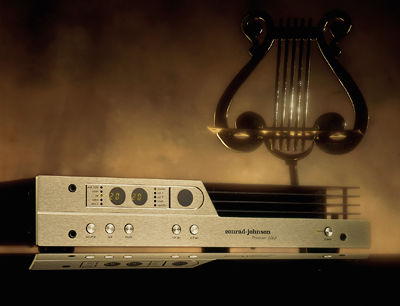I would argue that your own theory is flawed because you, yourself do not like inaccuracies. Best evidence are those who have TWO or more premium systems. Usually there will be one precisely accurate sound system and the second will be the non transparent system. That is, people with turntables also can have 120+ dB SINAD DACs. People with tubes can also have solid state listening rooms.
Again, because you yourself do not like coloration, it is a leap and assumption that it is EASILY simulated.
I agree 100% that you can model everything with a transfer function. Math is math. But using the 300B SET as an example, please show me how EASY it is to apply an inverted loudness curve which is based upon the signal, not the volume knob where louder sounds get more treble boost from softer sounds? And then show me how easy it is to apply that when watching a streaming movie, listening to streaming music, or a CD?
Then, before I published the 300B SET measurements, I don’t think anyone else identified the inverted loudness curve phenomenon…. So you wouldn’t have known what to simulate in DSP.
Right now, most DSP simulations only work in DAW type software, not something that works any source.
Also false. Any vinyl fan who is on ASR recognizes that LPs are inaccurate. Where else do you see a collection of cartridge measurements to show distortion and FR? What an ASR vinyl fan is saying is that it can sound enjoyable enough to invest some money in.
Who is they?
Again, which ones works with something like Amazon Music on the PC? Which plugins? Which DSP?


